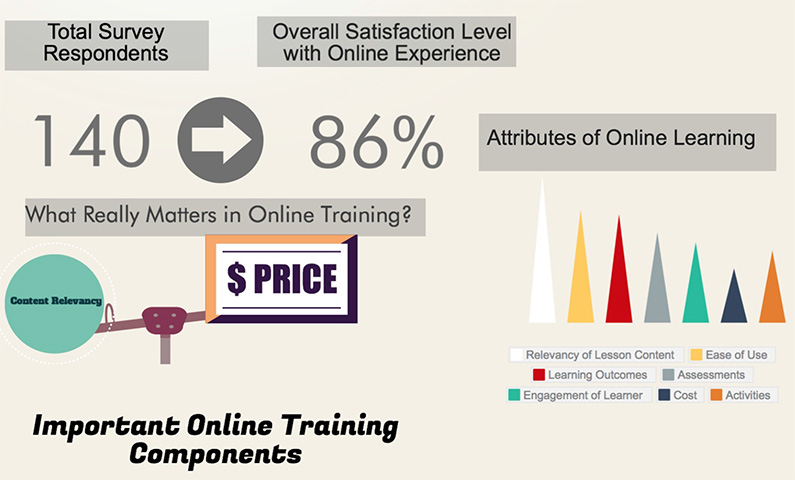Workplace safety in the food industry can be challenging. The precision required of workers in slaughter, meat packing or wholesale processing facilities can lead to serious harm or worse. The Bureau of Labor Statistics reports that the potential hazards in this industry are many: Knife cuts to the hands and the torso, falls, back injuries, exposure to toxic substances, carpal tunnel syndrome, and even infectious diseases.
This industry may have more challenges in safety than any other industry. Yet, there are companies that excel in safety performance, even given these challenges.
Organizations that are serious about protecting their workers must do far more than react after an injury or rely on awareness-based safety efforts. Typically this approach only delays the next injury. Safety is not just about responding to injuries, but is about the ongoing identification of exposure, the implementation of control systems, and assuring these controls are used to neutralize the exposure.
The challenge is that the root of why an exposure exists or can even thrive in an organization maybe due to culture, organizational urgency, operational instability or a lack of understanding about the concept of exposure, to mention a few. Because the issue is bigger than safety programs, safety excellence requires all levels of an organization, from the C-Suite to the frontline worker, committing to a process that focuses on exposure. This needs to be done in a way that creates trust that safety is a value and if there is a values conflict, that safety has top priority.
Ultimately, it’s about shifting culture by making a safety excellence a priority.
Oftentimes leaders articulate that they want a safe culture, but they may not fully understand their role in creating the culture they desire and how they sustain the change. Senior leaders must go beyond a catch phrase approach to safety and actually articulate what are the cultural attributes they want to see firmly embedded in their organization.
These may be:
- Workers watching out for each other and a willingness to step in if somebody is at risk.
- Excellent housekeeping.
- Workers stepping up to address physical hazards without being asked.
- A willingness to report safety concerns and incidents.
Once the attributes are defined, then the organization is ready to understand what it takes to support that culture.
However, senior leadership needs to drive that change. Once upper management understands that accountability starts with them and not with the worker, they can move forward and create a culture that reinforces practices that identify potential exposure before incidents take place and not after. Doing so not only has the potential to lower incident rates, but it also:
- Boosts morale. Workers believe the company has their backs and will commit to safety principles.
- Strengthens trust between workers and management. Workers believe that safety excellence is a shared responsibility.
- Increases commitment to all organizational objectives. Social theory research has shown that if you do something for someone else, they experience a pull to reciprocate. The more we do, the stronger the pull. When management shows that they can be trusted with employee safety, employees are free to reciprocate in other areas.
Our strongest and deepest relationships are built on a foundation of safety—not just physical safety but also psychological safety. If we come to believe that another person is interested in our physical or mental wellbeing, the foundation strengthens.
When leadership uses the power of safety they will see employee engagement increase. And the safety implications of worker engagement are profound: Disengaged workers are focused on their own safety. Involved workers are concerned with their own safety but are likely also concerned with the safety of their workmates and perhaps certain other people they interact with. Fully engaged workers are concerned with the safety of everyone around them and without prompting take proactive actions to help others.
Engaged workers are more likely to follow rules and procedures, be more receptive to change, and give discretionary effort. It seems like all companies are doing some type of engagement survey, yet the actions they develop to try and raise their scores are often lacking. Organizations that are serious about having an engaged workforce must fully understand how safety is foundational to engagement. More importantly, safety involvement activities need to be designed and implemented in a way that moves employees beyond mere involvement to full on engagement.
When a company demonstrates it values safety, workers will volunteer to get involved. Leadership must carefully consider what safety involvement activity is right for the culture. When employees participate in a successful and rewarding involvement activity, their personal level of engagement will move upward. Leadership must then figure out how to expand safety involvement. This isn’t done by demanding involvement. It requires purposeful planning and patience.









